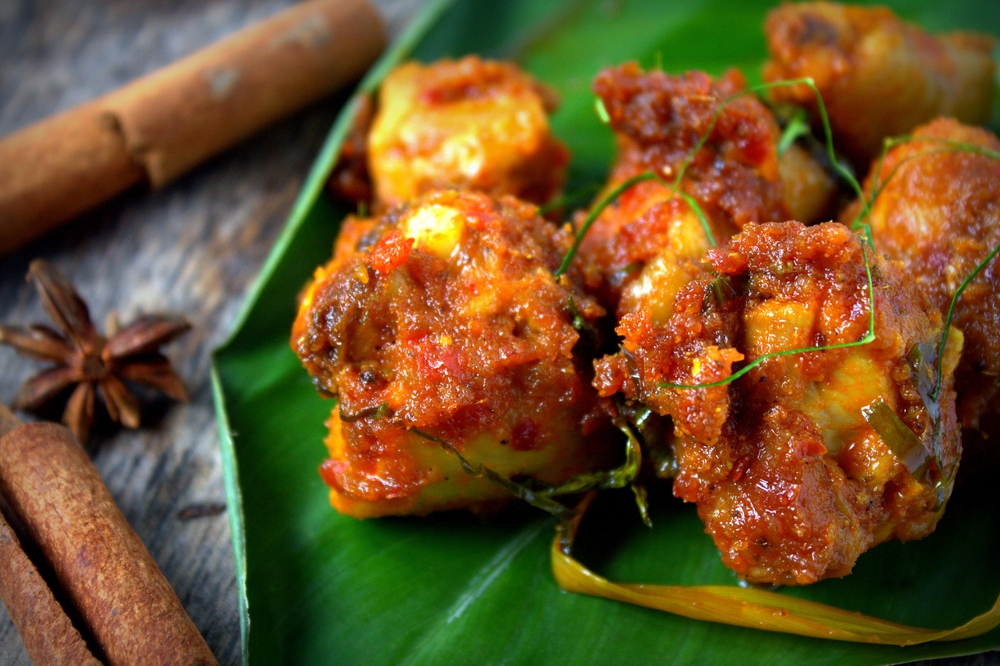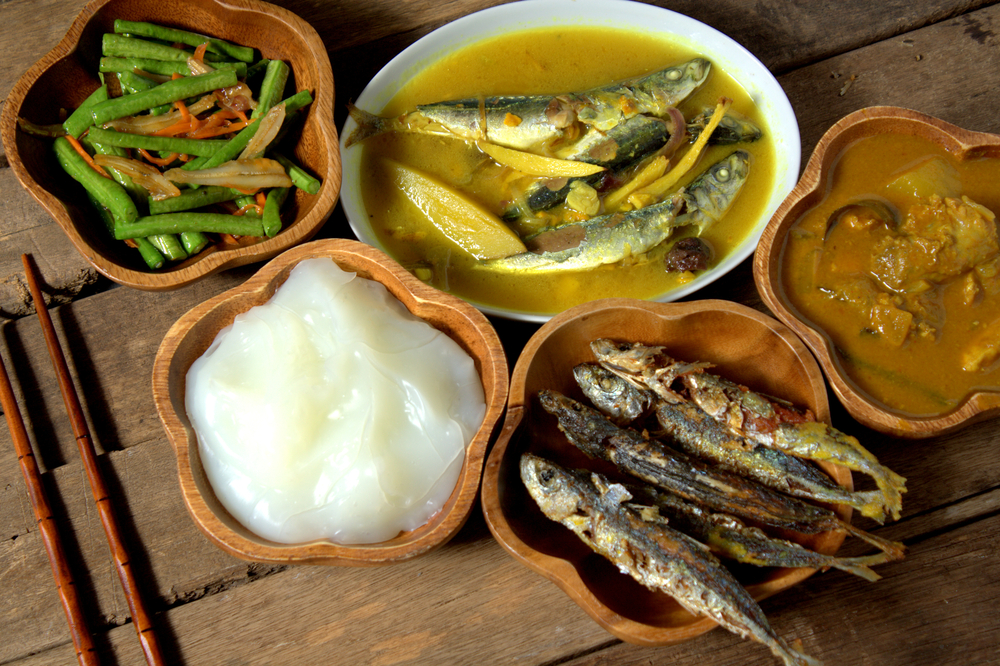Malaysia - fact sheet
Location and territory: Malaysia is located on Maritime Southeast Asia comprising of East Malaysia and West Malaysia with estimated areas of 329,347 square kilometers. East Malaysia is located on the north of Borneo Island of Malay Straits comprising of Sabah and Sarawak. Both of which are separated by Brunei. West Malaysia is located on Malay Peninsula that is bordered by South of Thailand comprising of 11 states, Kelantan, Terengganu, Pahang, Perlis, Kedah, Penang, Perak, Negeri Sembilan, Melaka, Johor, Selangor, federal territories of Kuala Lumpur and Putrajaya. Kuala Lumpur is the official state and Labuan is the autonomous state.
Territory:
To the north it is bordered by Thailand.
To the south it is bordered by Strait of Johor that separates Malaysia and Singapore.
To the east it is bordered by South China Sea.
To the west it is bordered by Andaman Sea of Indian Ocean and Malacca Straits that marks territories between Malaysia, Sumatra Island of Indonesia.
Topography of Malaysia: West Malaysia is located on Malay Peninsula with plains formed by sand lying 960 kilometers along west coast from Perlis to Johor. Plateau appears in Terrengganu while political centers at early age is established along rivers. The state names on Peninsula come from important rivers. Pahang River is the longest river in Malaysia reaching out to 447 kilometers.
East Malaysia on Borneo Island is mountainous and has inner plateaus. Sand blown to the land has formed plains and hills along the shores. Wide plains appear as piedmont alluvial plains with inner mountain ranges. Mount Kinabalu is the heist point of Southeast Asia.
Climate: the location of Malaysia is situated upon Equator resulting in hot and humid climate in almost every area. Its average temperature is around 25.5-33 degree Celsius. Changes in temperature depend on Monsoon. Northeast monsoon affected by wind in South China Sea is major wind during November to January. Southwest monsoon dominates from April to May and another change occurs in October to November. Malaysia has yearly rainfall at 2,000-4,000 milliliters. Due to its humidity, plants and natural resources are abundant. Kota Kinabalu National Park in Sabah is a very much bio-diverse place. In addition, mangrove forests nearby shores and river mouths on western part of Peninsula and on Borneo are tourist attractions in Malaysia.
Population: Malaysia has an estimated population of 30,089,423. (สำนักสถิติแห่งชาติมาเลเซีย สืบค้น23 กันยายน 2558 https://www.statistics.gov.my.)
Ethnic groups: Malaysia is multicultural with 3 major ethnic groups, Malay, Chinese and India. There are other ethnic groups in Sabah and Sarawak, too. Malay is the most populous ethnic group with an estimated number of 50%. The definition of Malay according to Malay Law is those speaking Malay, those being dedicated to Malay traditions and those being Islamic. The Malays are known as Bumiputera or the children of the land including Orang Asli, the indigenous group. They work in agricultural sector and as government officials.
The Chinese and the Indians including the Pakistanis, the Bangladeshi and the Sri Lankan. Most of them are descendants of the immigrants in mid nineteenth century resettling here and working to serve the colonial days. The Chinese have played a vital role in Malaysian economy, while the Indians worked in rubber plantations. They have started moving to urban areas working as laborers.
The ethnic groups in Sabah and Sarawak are the Malay dwelling near the shores. They are the Sea Dayak or Iban and are Christian. The Kazadan and the Dudun are the ethnic groups in Sabah. The Kazadan are Christian while the Dusun are Islamic.
Diversity in ethnicities, languages and religions requires a policy that unifies all the people. That is “the language”. Malaysian is the official language, however; English is widely spoken. Other languages are spoken within their own ethnic groups. For example, the Chinese speak Chinese or Hakka, Fujian, Chaozhou, Cantonese and etc. The Indians speak Tamil. However, since it is a multicultural society, other indigenous languages are also found. The Malay or Bumiputera are Islamic, while other ethnic groups are Christian or Islamic. Many believe in their own native religions. The Buddhists believe in Confucius and Taoism. Hinduism is popular among the Indians.
Society and culture: Malaysia is the multicultural society, therefore, it lacks unity and harmony. Whenever a conflict regarding ethnicity occurs, it could possibly lead to social crisis. The Malaysian society has maintained its peace because the economic and political compromise is reached. The Malay are taking care of politics, but the Indians and Chinese are taking care of economy. Nonetheless, how these roles are given makes the Malay’s economic status inferior.
The Malay’s constitution in general retains fundamental freedoms of the people, but what goes against the national securities, peace, harmony and social moralities is not guaranteed. Every citizen is treated under legal process. In case they are to be detained, allegations and causes of suspicion are informed first. They are allowed to reach out to a legal counsel or an attorney except under a state of emergency including a riot, a resistance to Head of State or any national establishment and any occurrence that affects the country’s economy.
The language is another major problem in this multicultural society of Malaysia, but the agreement of the government coalition made the Malay language the official language according to the national language law in 1976. In encouraging the use of Malay language, the language institutions introduced many practices such as publishing popular books and materials in Malay. However, the government found it disadvantaged when denouncing English. It affected economic developments in a global scale, thus, the people needed to learn English.
Religions also play a vital role on politics, governance and ethnic images. In terms of nationalism, interest groups of political parties, ruling orders and being a Malay, the federal constitution states that the Malay is Islamic. Therefore, being Malay and Islamic is inseparable. In reality, almost every Malay is Muslim and if one denounces it, one is cut off of that tribe.
The Malaysian multicultural society is dominated by the Malay, the Chinese and the Indians.
Bibliography
ชุลีพร วิรุณหะ. (2551). บุหงารายา : ประวัติศาสตร์จากคำบอกเล่าของชาวมลายู. กรุงเทพฯ: ศักดิโสภาการพิมพ์.
พัชรินทร์ สวนฐิตะปัญญา. (2541). มาเลเซีย : เอกภาพกับการศึกษา. กรุงเทพฯ: สำนักงานกองทุนสนับสนุนการวิจัย
พิเชียร คุระทอง. (2541). ทรรศนะและความคิด มหาธีร์ โมฮัมหมัด คนขวางโลก. กรุงเทพฯ: สำนักพิมพ์มติชน.
สมพงษ์ งามแสงรัตน์. (2552) .จากมะละกาถึงบาหลีในนามของพระเจ้าและพริกไทย. กรุงเทพฯ: แพรวสำนักพิมพ์.
อันดายา บาร์บารา วัตสัน และ ลีโอนาร์ด. (1943). ประวัติศาสตร์มาเลเซีย.กรุงเทพฯ: มูลนิธิตำราสังคมศาสตร์และมนุษยศาสตร์.
อุกฤษฏ์ ปัทมานันท์ และ ชปา จิตต์ประทุม (บรรณาธิการ). (2542). วิกฤตการณ์มาเลเซีย : เศรษฐกิจ การเมือง-วัฒนธรรม. กรุงเทพฯ: สถาบันเอเชียศึกษา.





